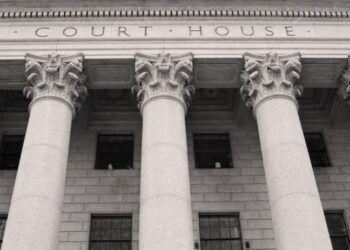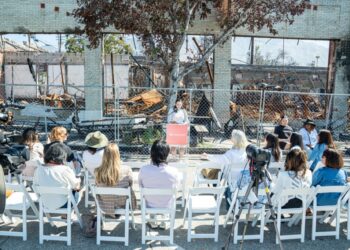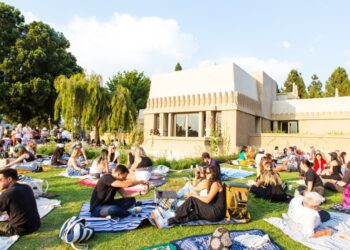As far as obscure-sounding government acronyms go, perhaps none carry more weight in California than CEQA.
Short for the California Environmental Quality Act, the state’s landmark environmental protection law affects a wide range of land-use decisions, from which low-income apartments win approval to where oil well permits are issued.
Environmentalists and neighborhood groups champion the law as fundamental to preserving natural habitats and protecting public health. But developers and housing advocates have long maintained it is weaponized to kill or delay new home construction — exacerbating the state’s chronic housing shortage.
After a state court last month ruled UC Berkeley violated the five-decade-old statute in its plans to build student and homeless housing at People’s Park, familiar calls for CEQA reform made headlines and sparked renewed discussion in Sacramento.
Gov. Gavin Newsom blasted CEQA for allowing the state to be “held hostage by NIMBYs” and vowed to help change the law. Scott Wiener, a Democratic state senator from San Francisco, told the Bay Area News Group he plans to introduce a bill “to deal with the specific problems this court case has created.”
Major CEQA reform efforts haven’t gone far in the past, but the political landscape could be shifting. Wiener cited recent state laws exempting certain types of housing. He said court decisions like People’s Park are increasingly convincing lawmakers and the public that “maybe this is a deeper problem that needs a more structural fix.”
Here’s the history behind CEQA (pronounced “see-kwuh”) and what’s behind the latest fight over the state’s signature environmental law.
Q: What is CEQA, and why are people so mad about it?
A: Signed into law in 1970 by then-Gov. Ronald Reagan, CEQA requires public agencies to follow a complicated process for studying and disclosing how proposed projects could affect the environment and surrounding communities. In many cases, an…
Read the full article here







